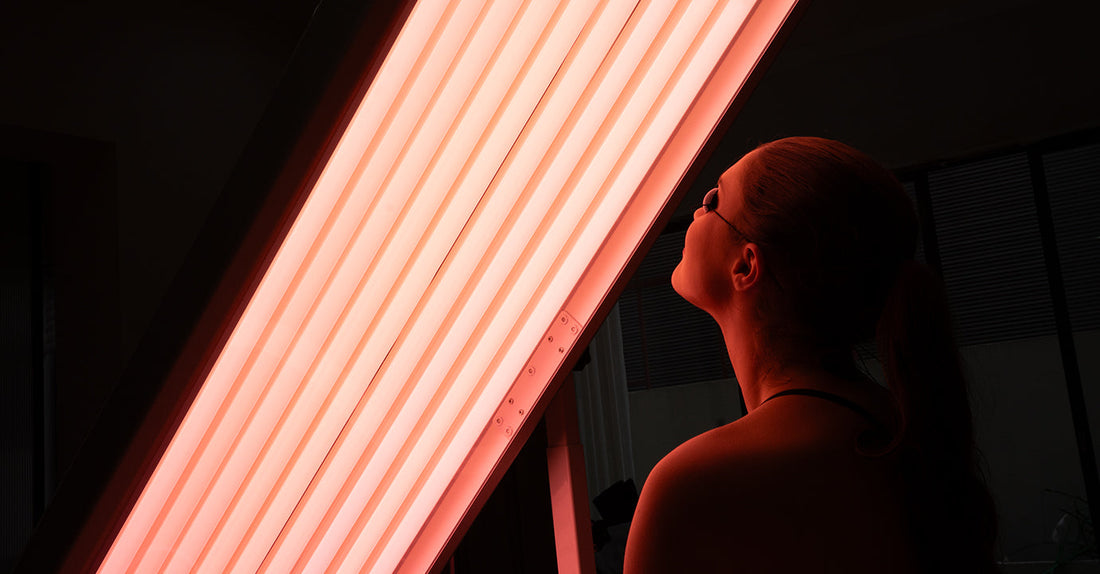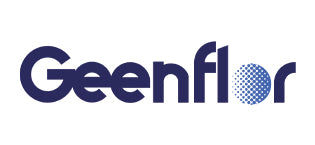Introduction to Red Light Therapy and Its Suitable Population

I. Definition and Physical Properties of Red Light Therapy
Red light therapy is a non-invasive treatment technique that utilizes red visible light in the 620-760nm wavelength range. This wavelength of light has the following characteristics:
- Penetration depth can reach 2.5cm, which is better than ultraviolet light but with weaker thermal effects.
- 90% of the spectrum consists of visible light in the 600-700nm range, and 10% is infrared light in the 700-4000nm range.
- The safety standard for retinal irradiance is below 220μW/cm².
II. Core Mechanisms of Action
(1) Regulation of Cellular Energy Metabolism
After red light is absorbed by mitochondrial cytochrome c oxidase:
- Increases ATP synthesis efficiency by 2-3 times.
- Accelerates the production of glycogen and proteins.
- Enhances catalase activity.
(2) Promotion of Tissue Repair
- Stimulates collagen synthesis by 30-40%.
- Promotes fibroblast proliferation.
- Accelerates angiogenesis.
(3) Anti-Inflammatory and Immune Regulation
- Inhibits pro-inflammatory factors such as IL-6 and TNF-α.
- Enhances the phagocytic function of white blood cells.
- Reduces local serotonin levels.
III. Clinical Application Effects
(1) Wound Treatment
- Speeds up the healing of diabetic ulcers by 2 times.
- Shortens the repair time of burn wounds by 40%.
(2) Inflammatory Diseases
- Kills over 70% of Propionibacterium acnes.
- Achieves an 85% effectiveness rate in treating chronic pelvic inflammatory disease.
(3) Pain Management
- Reduces the VAS score for arthritis pain by 50%.
- Relieves postherpetic neuralgia in 92% of cases.
Red light therapy is a safe, non-invasive method that stimulates mitochondrial function, boosts cellular energy, and activates the body’s self-repair mechanisms by emitting red and near-infrared light, bringing multiple health benefits. But how to use red light therapy for the best results? Some approaches involve "full-body irradiation," while others focus on "localized irradiation of specific areas." These two methods share the same underlying principle but differ in their intended uses. Understanding their respective characteristics and applications can help you find the most suitable way to use red light therapy and enhance overall effectiveness!
Full-Body Red Light Therapy
As the name suggests, full-body red light therapy covers a large area, allowing most parts of the body to receive red light simultaneously. It provides more comprehensive spectral energy to cells, improves cellular operational efficiency, and brings various health improvements, such as:
As the name suggests, full-body red light therapy covers a large area, allowing most parts of the body to receive red light simultaneously. It provides more comprehensive spectral energy to cells, improves cellular operational efficiency, and brings various health improvements, such as:
- Improving sleep: Helps regulate sleep patterns and enhance sleep quality.
- Boosting mood: Aids in relieving seasonal affective disorder, depression, and other emotional issues.
- Reducing inflammation: For people with chronic inflammation, full-body red light therapy helps alleviate systemic inflammatory symptoms.
- Alleviating pain: Effectively reduces pain caused by chronic diseases or injuries.
- Enhancing athletic performance: Promotes muscle recovery and reduces post-exercise muscle soreness.
- Improving blood circulation: Helps enhance circulatory system function and boosts the body’s internal operational efficiency.
In terms of usage scenarios, full-body red light therapy is particularly suitable for individuals with regular exercise habits, those focusing on physical recovery, or those with systemic health needs. This includes weightlifters, marathon runners, yoga instructors, and even people who stand or sit for long hours at work—all can benefit from full-body irradiation to adjust their physical state.
When using a full-body red light device, you can complete large-area irradiation in one session while standing or lying down, making it simple to operate and more efficient. However, if using a smaller red light device (such as a handheld or desktop model), you must irradiate in separate sessions and specific areas; each session can only target a single part, which requires more time and effort.
